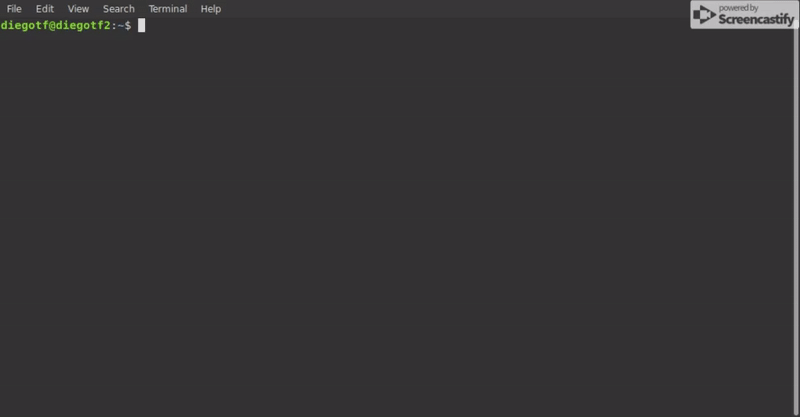diff options
Diffstat (limited to 'llvm/docs/BugpointRedesign.md')
| -rw-r--r-- | llvm/docs/BugpointRedesign.md | 106 |
1 files changed, 106 insertions, 0 deletions
diff --git a/llvm/docs/BugpointRedesign.md b/llvm/docs/BugpointRedesign.md new file mode 100644 index 00000000000..3c54bd0f271 --- /dev/null +++ b/llvm/docs/BugpointRedesign.md @@ -0,0 +1,106 @@ +# Bugpoint Redesign +Author: Diego Treviño (diegotf@google.com) + +Date: 2019-06-05 + +Status: Draft + + +## Introduction +As use of bugpoint has grown several areas of improvement have been identified +through years of use: confusing to use, slow, it doesn’t always produce high +quality test cases, etc. This document proposes a new approach with a narrower +focus: minimization of IR test cases. + + +## Proposed New Design + + +### Narrow focus: test-case reduction +The main focus will be a code reduction strategy to obtain much smaller test +cases that still have the same property as the original one. This will be done +via classic delta debugging and by adding some IR-specific reductions (e.g. +replacing globals, removing unused instructions, etc), similar to what +already exists, but with more in-depth minimization. + + +Granted, if the community differs on this proposal, the legacy code could still +be present in the tool, but with the caveat of still being documented and +designed towards delta reduction. + + +### Command-Line Options +We are proposing to reduce the plethora of bugpoint’s options to just two: an +interesting-ness test and the arguments for said test, similar to other delta +reduction tools such as CReduce, Delta, and Lithium; the tool should feel less + cluttered, and there should also be no uncertainty about how to operate it. + + +The interesting-ness test that’s going to be run to reduce the code is given +by name: + `--test=<test_name>` +If a `--test` option is not given, the program exits; this option is similar +to bugpoint’s current `-compile-custom` option, which lets the user run a +custom script. + + +The interesting-ness test would be defined as a script that returns 0 when the +IR achieves a user-defined behaviour (e.g. failure to compile on clang) and a +nonzero value when otherwise. Leaving the user the freedom to determine what is +and isn’t interesting to the tool, and thus, streamlining the process of +reducing a test-case. + + +If the test accepts any arguments (excluding the input ll/bc file), they are +given via the following flag: + `--test_args=<test_arguments>` +If unspecified, the test is run as given. It’s worth noting that the input file +would be passed as a parameter to the test, similar how `-compile-custom` +currently operates. + + +### Implementation +The tool would behave similar to CReduce’s functionality in that it would have a +list of passes that try to minimize the given test-case. We should be able to +modularize the tool’s behavior, as well as making it easier to maintain and +expand. + + +The first version of this redesign would try to: + + +* Split the code into chunks and discard those that fail the given test +* Discard functions, instructions and metadata that don’t influence the + interesting-ness test +* Remove unused parameters from functions +* Eliminate unvisited conditional paths +* Rename variables to more regular ones (such as “a”, “b”, “c”, etc.) + + +Once these passes are implemented, more meaningful reductions (such as type +reduction) would be added to the tool, to even further reduce IR. + + +## Background on historical bugpoint issues + + +### Root Cause Analysis +Presently, bugpoint takes a long time to find the source problem in a given IR +file, mainly due to the fact that it tries to debug the input by running +various strategies to classify the bug, which in turn run multiple optimizer +and compilation passes over the input, taking up a lot of time. Furthermore, +when the IR crashes, it tries to reduce it by performing some sub-optimal +passes (e.g. a lot of unreachable blocks), and sometimes even fails to minimize +at all. + + +### "Quirky" Interface +Bugpoint’s current interface overwhelms and confuses the user, the help screen +alone ends up confusing rather providing guidance, as seen below: + + + +And, not only are there numerous features and options, but some of them also +work in unexpected ways and most of the time the user ends up using a custom +script. Pruning and simplifying the interface will be worth considering in +order to make the tool more useful in the general case and easier to maintain. |

